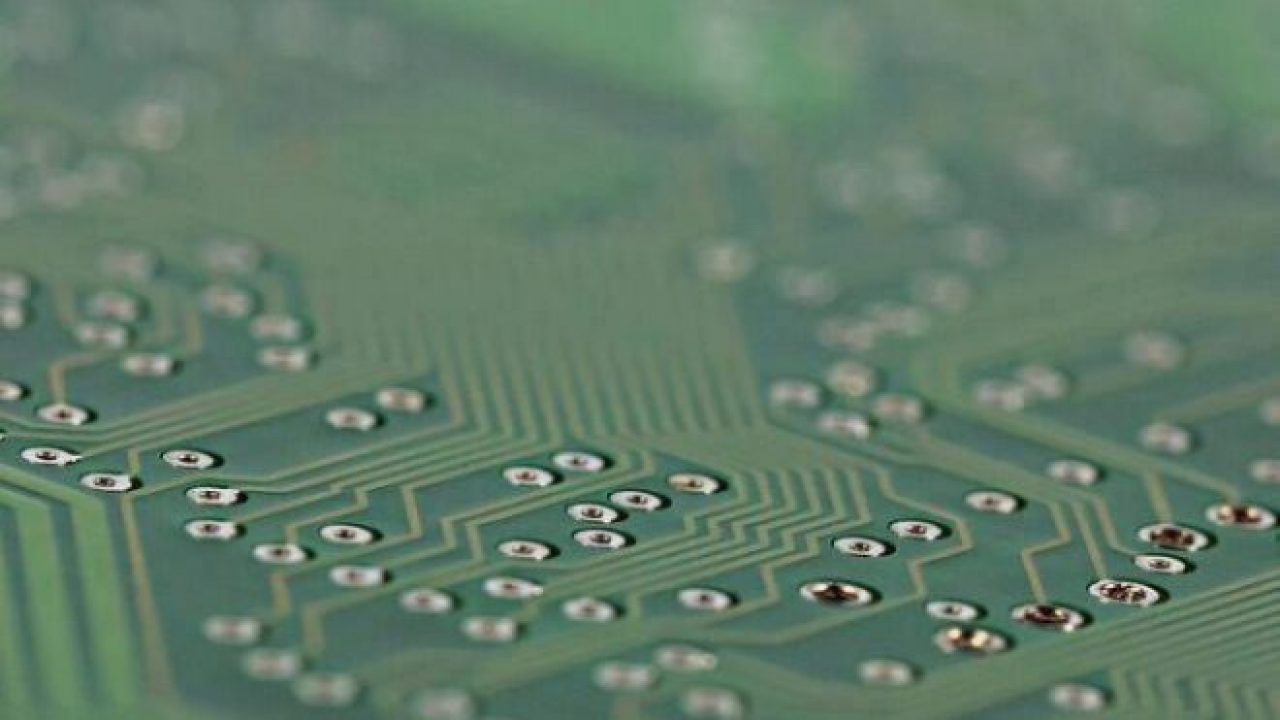TSMC punts on extreme ultraviolet at 5nm
Article By : Alan Patterson

The company has been using 7nm as a development vehicle for EUV, achieving what it called good integration of EUV scanners, masks and photoresist.
Taiwan Semiconductor Manufacturing Co. (TSMC) is planning to fully implement extreme ultraviolet (EUV) lithography to make 5nm chips by the end of this decade.
“We estimate that EUV will be a cost-effective tool for high-volume manufacturing by 2020, in time for our 5nm ramp,” TSMC Co-CEO Mark Liu said at an event to announce the company’s second-quarter results. “We plan to use EUV lithography extensively in 5nm to improve density, simplify process complexity and reduce cost.”
The company said it has been using 7nm as a development vehicle for EUV, achieving what it called good integration of EUV scanners, masks and photoresist. TSMC said it is running four state-of-the-art EUV scanners for infrastructure development and will move in another two NXE:3400 EUV production tools from ASML in the first quarter of 2017.
TSMC said it has implemented a 125W EUV source in its ASML NXE:3350 equipment to improve productivity. In the meantime, the company has also developed in-house EUV mask, material, inspection and repair technology to integrate its EUV lithography.
![[TSMC 01]](/wp-content/uploads/sites/2/2020/04/EETA_TSMC_01.jpg)
__Figure 1:__ *TSMC Co-CEO Mark Liu bets on EUV. (Source: EE Times, photo by Alan Patterson)*
Up to now, the commercial viability of EUV has been in question. TSMC competitors such as Samsung appear more convinced about the commercial viability of EUV. A press report in South Korea said that Samsung plans to use EUV at 7nm.
Advanced nodes
In other nodes that are yet to reach commercial production, TSMC provided a progress update.
TSMC said it will see its first revenue from 10nm during the first quarter of 2017, and it expects 10nm to ramp steeply throughout next year.
“Our 10nm has been transferred from R&D to production,” Liu said. “Our first 10nm customer product has been produced with satisfactory functional yield. So far, three customer products have been taped out to us.”
At the 7nm node, TSMC said its yield improvement on a 256Mbit/s SRAM test device is ahead of schedule.
“We believe our 7nm power, performance and area density (PPA) is ahead of our competitors,” Liu said. TSMC’s mobile and high-performance computing customers “all have aggressive product tape out plans in the first half of 2017 with volume production planned in early 2018,” he added.
Boosting capital expenditure
TSMC said it will raise its capital expenditure target for 2016 from an earlier range of $9 billion-$10 billion to a new range of $9.5 billion to $10.5 billion because expectations for 2017 mobile revenue have improved.
The company is expected to have the second-largest capex in the semiconductor industry this year, following Samsung. While analysts are saying the overall semiconductor industry may be headed for a slump this year, TSMC is maintaining a more sanguine outlook.
TSMC reiterated its expectation for 2016 revenue and operating profit to grow within a range of 5% to 10%. The company also said that growth rate is likely to hold steady until the end of this decade. “This model assumes that there is no killer application in the next five years,” Liu said.
TSMC’s second-quarter sales grew by 8% from the same period a year ago. About 55% of the company’s revenue comes from smartphone-related semiconductors that are sold to companies including Apple and smaller handset rivals in China.
“We expect smartphone-related demand will support half of our growth in the next five years,” Liu said. “It will come from (smartphone) unit growth as well as increasing silicon content. We estimate total semiconductor revenue excluding memory in smartphones will increase about 7% this year.”
The company, which counts iPhone maker Apple as its largest buyer, said it expects its business in the third quarter to benefit from new product launches by major mobile device customers as well as continued inventory restocking by customers.
“Looking ahead to the third quarter, we anticipate further inventory build by smartphone vendors and fabless companies stimulated by subsidies provided to telecommunication companies by the Chinese government, TSMC Chief Financial Officer Lora Ho said at the event.
Subscribe to Newsletter
Test Qr code text s ss


